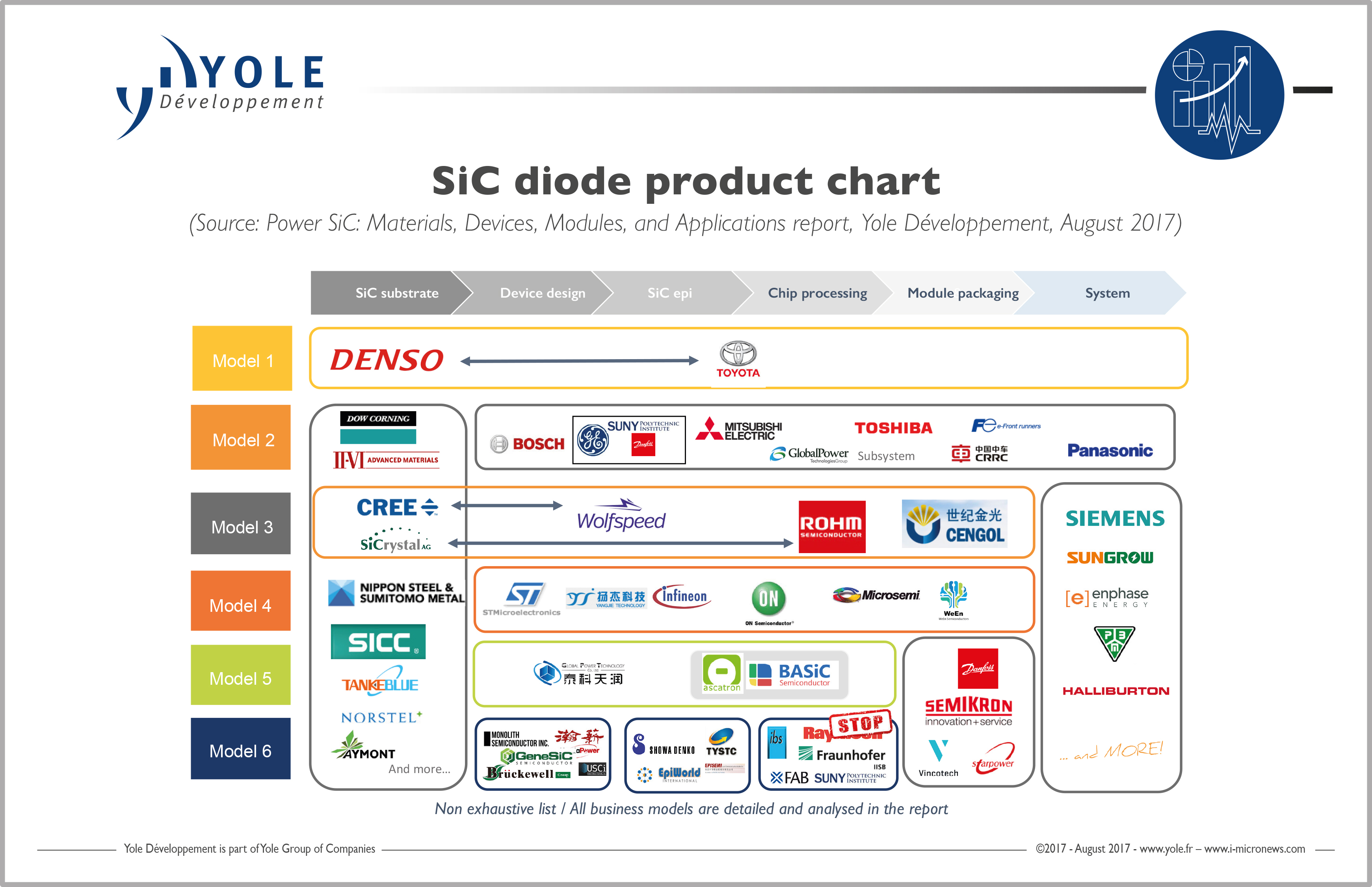

In order to advance INS towards clinical application, deeper understanding of laser-induced neural excitation and determination of reliable yet safe irradiation parameters is required.

Although the underlying neural activation mechanism dur- ing INS is not fully understood, it is currently assumed to result from thermally-mediated alteration of neural membrane capacitance. INS features unambiguous advantages, specifically contact-less and artifact-free stimulation with superior spatial resolution, and is therefore discussed as a promising alternative to conventional electrical stimulation, which, unfortunately, faces sev- eral challenges regarding spatial selectivity, electrode invasiveness, stimulation artifacts and unnatural motor recruitment. It has recently seen growing interest in research and was successfully demonstrated in pe- ripheral nerves, the auditory system, the central nervous system as well as other neural tissues in-vivo and in-vitro. Infrared nerve stimulation (INS) is a novel optical neurostimulation technique using mil- lisecond near-infrared light pulses to elicit neural activation in unmodified neural targets. Also, PDMS μlenses on LEDs top surface are presented for focusing and increase light intensity on target structures. Moreover, this paper presents a fabrication method for 2D LED-based microsystems with high aspect-ratio shafts, capable of reaching up to 20 mm deep neural structures. These devices aim at being a flexible and scalable technology capable of acquiring knowledge about neural mechanisms. The active sites of the probe must provide enough light power to modulate connectivity between neural networks, and simultaneously ensure reliable recordings of action potentials and local field activity. Conventionally, light sources and electrical recording points are placed on silicon neural probes for optogenetic applications. An example is discussed in depth: implantable neural microsystems used for brain circuits mapping and modulation. This paper briefly explores how medical industry is absorbing many of the technological developments from other industries, and making an effort to translate them into the healthcare requirements. Medical devices have great impact but rigorous production and quality norms to meet, which pushes manufacturing technology to its limits in several fields, like electronics, optics, communications, among others. Future work is expected to improve USOA efficiency to greater than 64%. Output beam profiles and potential impacts on physiological tests were also examined. In addition, the output power varied with the optrode length/taper such that longer and less tapered optrodes exhibited higher light transmission efficiency. Maximum power is directed into the optrodes when using fibers with core diameters of 200 μm or less. At λ = 1.55μm, the highest optrode transmittance of 34.7%, relative to the optical fiber output power, was obtained with a 50-μm multi-mode fiber butt-coupled to the optrode through an intervening medium of index n = 1.66.

Transmission at the optrode tips with different optical fiber core diameters and light in-coupling interfaces was investigated. Light delivery from optical fibers and loss mechanisms through these Si optrodes were characterized, with the primary loss mechanisms being Fresnel reflection, coupling, radiation losses from the tapered shank and total internal reflection in the tips. An undoped crystalline silicon (100) substrate was used to fabricate 10 × 10 arrays of optrodes with rows of varying lengths from 0.5 mm to 1.5 mm on a 400-μm pitch.
This paper characterizes the Utah Slant Optrode Array (USOA) as a means to deliver infrared light deep into tissue.


 0 kommentar(er)
0 kommentar(er)
